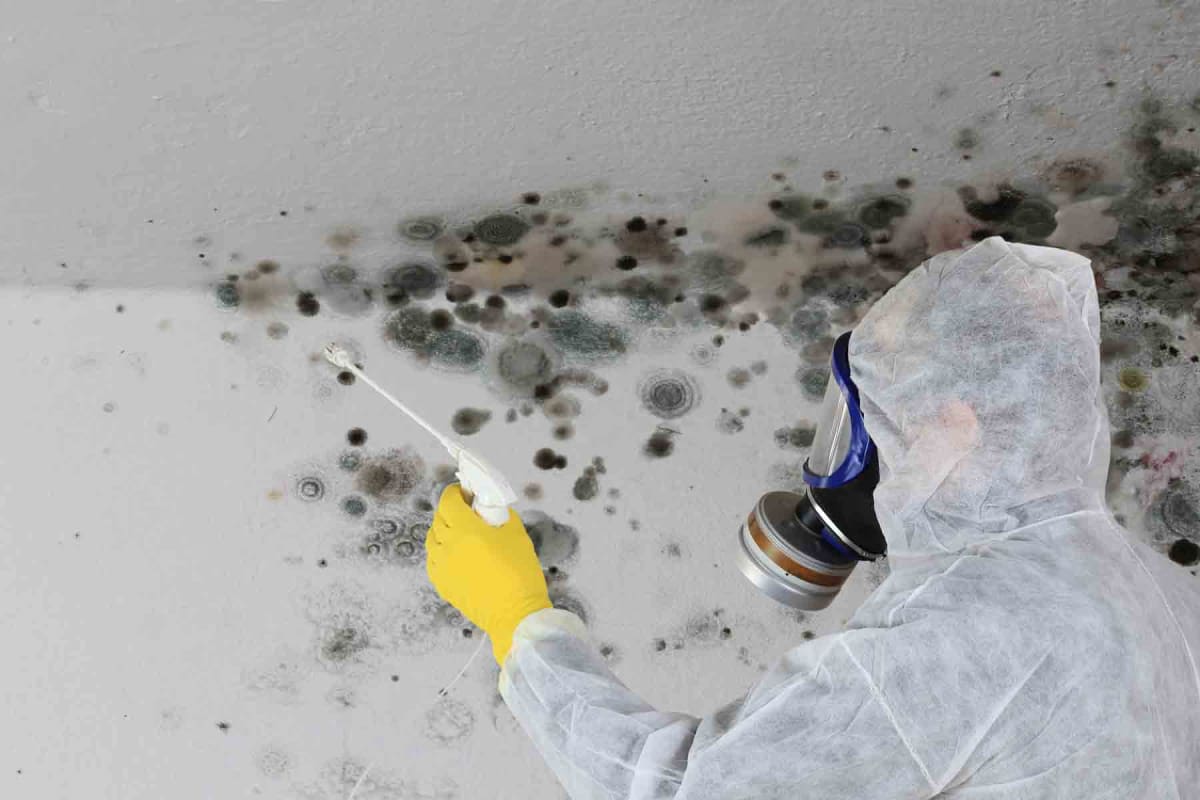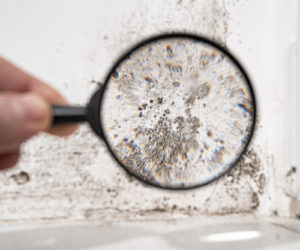Crafting a Comprehensive Post Mold Remediation Report
Your Ultimate Overview to Message Mold And Mildew Remediation Methods
In the aftermath of mold and mildew invasion, recognizing just how to efficiently eradicate the mold and mildew and avoid its reoccurrence is critical for maintaining a healthy indoor setting. From choosing the appropriate cleansing and sanitizing methods to implementing approaches for long-term mold avoidance, each step in the removal trip plays a vital duty in making sure an effective end result.
Comprehending Post-Mold Remediation Process
After completing the mold and mildew remediation process, it is essential to comprehend the post-mold removal methods that are needed to guarantee a reliable and comprehensive cleanup. As soon as the mold has been gotten rid of, the next action involves cleaning and disinfecting the impacted areas to avoid any regrowth of mold. This includes making use of specialized cleaning up agents to wipe down surfaces and eliminate any type of remaining mold and mildew spores. It is necessary to dry out the location entirely to discourage the growth of mold and mildew in the future (After mold remediation). Proper ventilation and dehumidification can aid in this process.
In addition, conducting a last evaluation post-remediation is crucial to guarantee that all mold and mildew has actually been effectively gotten rid of. If the examination reveals any type of remaining mold and mildew, additional remediation might be necessary.
Reliable Cleaning and Decontaminating Approaches

Preventing Future Mold Growth

Importance of Appropriate Ventilation
Correct air flow plays an essential role in stopping moisture buildup, a crucial element in mold growth within indoor settings. Efficient ventilation systems assist eliminate excess moisture from the air, minimizing the possibilities of mold and mildew spores locating the moisture they need to spread out and sprout. Without appropriate air flow, indoor spaces can become a breeding place for mold and mildew, causing potential health threats and structural damage.
By making sure correct air circulation, ventilation systems can additionally aid great post to read in drying wet locations faster after water damages or flooding events, even more discouraging mold and mildew development. Post Mold Remediation. In rooms like restrooms, cooking areas, attic rooms, and basements where dampness degrees have a tendency to be higher, setting up and preserving effective air flow systems is important in preventing mold and mildew infestations

Monitoring and Maintenance Tips
Offered the crucial duty that correct ventilation plays in stopping mold growth, it is imperative to establish efficient monitoring and maintenance suggestions to ensure the ongoing performance of air flow systems. Routine inspections of ventilation systems must be performed to look for any kind of signs of obstructions, leakages, or breakdowns that can restrain proper air movement. Monitoring humidity degrees within the property is also important, as high humidity can add to mold and mildew development. Installing a hygrometer Continue can aid track moisture degrees and sharp house owners to any kind of spikes that might need focus. Furthermore, making certain that air filters are routinely cleansed or replaced is essential for keeping the efficiency of the ventilation system. Carrying out a routine for regular upkeep jobs, such as air duct cleaning and HVAC system evaluations, can help stop issues prior to they intensify. By staying aggressive and mindful to the problem of ventilation systems, homeowner can efficiently mitigate the danger of mold and mildew regrowth and maintain a healthy and balanced interior environment.
Conclusion
To conclude, post-mold remediation methods are important for making sure a tidy and secure environment. Comprehending the process, executing effective cleaning and decontaminating techniques, protecting against future mold growth, keeping proper ventilation, and regular tracking are all critical action in the remediation process. By complying with these standards, you can successfully remove mold and mildew and avoid its return, functioning or promoting a healthy living room for all residents.
In the aftermath of mold and mildew problem, knowing exactly how to properly get rid of the mold and stop its reoccurrence is paramount for keeping a healthy interior setting. Once the mold has actually been eliminated, the following step involves cleansing and decontaminating the affected areas to protect against any type of regrowth of mold - After mold remediation. After getting rid of visible mold and mildew development, it is important to cleanse all surfaces in the affected location to remove any kind of continuing to be mold spores. To further boost mold prevention actions, it is important to attend to underlying problems that originally led to mold and mildew growth.Given the essential role that appropriate air flow plays in preventing mold and mildew growth, it is vital to develop effective tracking and maintenance suggestions to guarantee the continued capability of air flow systems